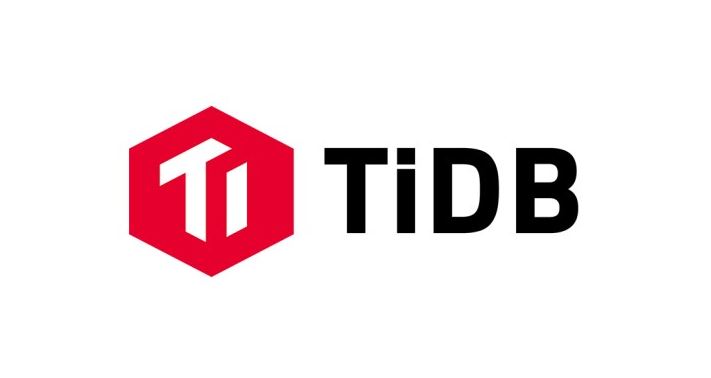Introduction
Handling varying levels of concurrent connections—from 10,000 to 10 million—requires a robust and scalable database system. TiDB, a distributed SQL database, is designed to meet these demands with its horizontal scalability, strong consistency, and MySQL compatibility. This guide provides detailed steps to optimize TiDB for different concurrency levels, ensuring low latency and high availability across all scenarios.
Step 1: Understand the Requirements
Key Considerations
- 10,000 Connections: Suitable for small-scale applications; minimal optimization needed.
- 100,000 Connections: Requires efficient connection pooling and resource allocation.
- 1 Million Connections: Demands horizontal scaling, sharding, and caching.
- 10 Million Connections: Needs advanced scaling techniques, including multi-region deployments and load balancing.
Step 2: Configure Connection Pooling
Why Use Connection Pooling?
Connection pooling reduces the overhead of establishing and closing connections, enabling TiDB to handle millions of clients efficiently.
Steps
- Adjust TiDB Server Configuration
Increase themax_connectionsparameter in the TiDB configuration file (tidb.toml):
max_connections = 5000 # For 10K connections
max_connections = 50000 # For 100K connections
max_connections = 500000 # For 1M connections
max_connections = 5000000 # For 10M connections- Scale TiDB Instances
Deploy multiple TiDB instances behind a load balancer to distribute client connections:
- 10K Connections: Deploy 1 TiDB instance.
- 100K Connections: Deploy 2 TiDB instances.
- 1M Connections: Deploy 10 TiDB instances.
- 10M Connections: Deploy 20+ TiDB instances.
- Use Kubernetes for Scaling
If using Kubernetes, scale TiDB pods dynamically:
kubectl scale deployment tidb --replicas=20Step 3: Implement Horizontal Scaling
Why Scale Horizontally?
Horizontal scaling distributes data and queries across multiple nodes, reducing the load on individual servers.
Steps
- Add TiKV Nodes
TiKV is the storage layer of TiDB. Add more TiKV nodes to handle increased data volume and query load:
- 10K Connections: Start with 3 TiKV nodes.
- 100K Connections: Scale to 5 TiKV nodes.
- 1M Connections: Scale to 10 TiKV nodes.
- 10M Connections: Scale to 20+ TiKV nodes.
- Rebalance Data
Use the TiDB dashboard or PD (Placement Driver) to rebalance data across TiKV nodes:
pd-ctl operator add balance-leader-schedulerStep 4: Enable Caching
Why Use Caching?
Caching frequently accessed data reduces database load and improves response times for concurrent connections.
Steps
- Set Up Redis
Install and configure Redis for caching:
sudo apt-get install redis-server
sudo systemctl start redis- Enable Caching in Application Layer
Use Redis as an external cache for frequently queried data. Example:
import redis
cache = redis.Redis(host='localhost', port=6379, db=0)
cached_data = cache.get('user:123')
if not cached_data:
# Query TiDB and store result in Redis
data = query_tidb("SELECT * FROM users WHERE id = 123")
cache.set('user:123', data)- Scale Redis Instances
- 10K Connections: Deploy 1 Redis instance.
- 100K Connections: Deploy 3 Redis instances.
- 1M Connections: Deploy 10 Redis instances.
- 10M Connections: Deploy 20+ Redis instances.
Step 5: Optimize Query Execution
Why Optimize Queries?
Efficient queries reduce resource consumption and improve response times.
Steps
- Index Optimization
Create indexes on frequently queried columns:
CREATE INDEX idx_user_id ON users(user_id);- Analyze Slow Queries
Use the TiDB slow query log to identify bottlenecks:
SELECT * FROM information_schema.slow_query WHERE query_time > '1s';- Enable Query Caching
Enable TiDB’s built-in query cache:
[performance]
enable-query-cache = true
query-cache-size = "1GB"Step 6: Monitor and Scale Resources
Tools for Monitoring
- TiDB Dashboard: Visualize query performance and resource usage.
- Prometheus + Grafana: Collect and analyze metrics from TiDB components.
Steps
- Monitor Connection Metrics
Track active connections, query latency, and resource utilization using TiDB Dashboard or Grafana. - Scale Resources Dynamically
- Use Kubernetes to autoscale TiDB and TiKV pods based on CPU and memory usage:
bash kubectl autoscale deployment tidb --cpu-percent=80 --min=5 --max=20
- Optimize Hardware
- 10K Connections: Use servers with 8 cores and 16GB RAM.
- 100K Connections: Use servers with 16 cores and 32GB RAM.
- 1M Connections: Use servers with 32 cores and 64GB RAM.
- 10M Connections: Use servers with 64 cores and 128GB RAM, or deploy across multiple regions.
Step 7: Test and Validate
Steps
- Simulate Load
Use tools like Apache JMeter or Locust to simulate concurrent connections:
locust -f load_test.py --users 1000000 --spawn-rate 1000- Measure Performance
Analyze query latency, connection success rates, and resource utilization. - Adjust Configurations
Fine-tune parameters likemax_connections,query-cache-size, and shard count based on test results.
Conclusion
By following these advanced configurations, you can optimize TiDB to handle 10,000, 100,000, 1 million, and 10 million concurrent connections efficiently. From connection pooling and horizontal scaling to caching and query optimization, TiDB provides the tools needed to scale your database infrastructure for high-performance workloads.
Start implementing these strategies today and ensure your database can meet the demands of modern, high-concurrency applications!





Leave a Reply